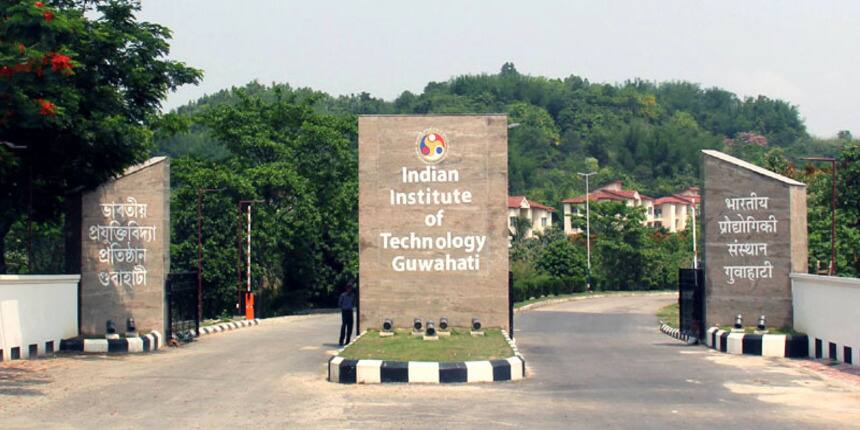IIT Guwahati research materials for use in solar cells, light-emitting devices
Ishita Ranganath | December 12, 2022 | 02:41 PM IST | 2 mins read
The review paper published by IIT Guwahati provides directions for future research using water approaches to produce stable perovskite nanocrystals.

NEW DELHI: The researchers at Indian Institute of Technology (IIT) Guwahati explore methods to explore materials use in solar cells and light-emitting devices. The team publishes a paper in the Chemistry-A European Journal on the topic.
The research paper focuses on using perovskite nanocrystal engineering to use in solar cells and light-emitting devices. Perovskite are crystals optoelectronic properties that are suitable for light-emitting and light-absorbing applications. Optoelectronics or optronics is the study and application of electronic devices and systems that find, detect and control light, that is a sub-field of photonics.
As PNCs, in previous researches have been hindered by their poor stability in air and moisture the IIT Guwahati team studied ways in which water sensitivity can be used constructively. According to the team of researchers in IIT Guwahati, PNCs are currently being extensively explored because of their specific optoelectronic properties such as tunable bandgaps, narrow emission, and strong light-absorption coefficients.
Also Read | IIT Guwahati Placements 2022: 168 offers on day one; Rs 2.4 crore highest International offer
The research paper was authored by Tushar Debnath and Avik Das who along with their team capitalised on the ionic nature of perovskite nanocrystals (PNCs) structures to engineer water-triggered chemical transformation to produce stable and bright PNCs. In the published review paper, the authors discussed various methods by which water can be used to bring about structural and morphological changes to perovskite, in turn enhancing its stability and optoelectronic properties.
"The (IIT Guwahati) researchers have proposed various water-trigger approaches can be easily extended to tailor many perovskites with different compositions and to make several perovskite heterostructures. Moreover, the optoelectronic properties of doped perovskite nanocrystals can be triggered by water-assisted ligand shuttling approach. Such approaches would not only lead to tunability of optical property but also enhanced stability against water and moisture." read the press release.
Speaking about his research, lead researcher, Tushar Debnath, said: “Our review shows that water can be ‘good’ for perovskites if we can utilize it properly and may lead to the development of several engineered structures.”
Follow us for the latest education news on colleges and universities, admission, courses, exams, research, education policies, study abroad and more..
To get in touch, write to us at news@careers360.com.